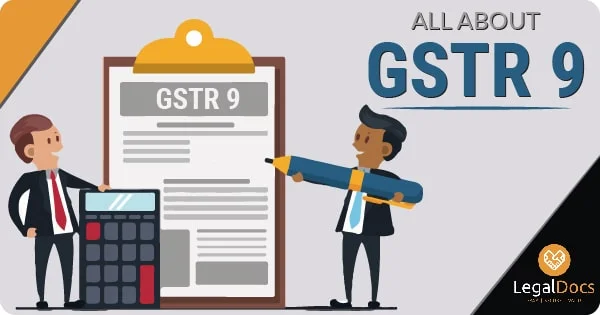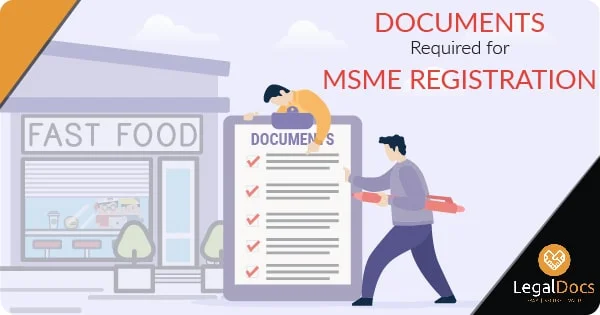GSTR 9 Format
Easy Step by Step Guide on Form GSTR-9
What is form GSTR-9?
Under the GST scheme, registered taxpayers must furnish an annual return known as form GSTR-9. Taxpayers who opted for the composition scheme are also required to furnish form GSTR-9.
Why was form GSTR-9 introduced?
The GST annual return, GSTR-9 details the supplies received or provided during the year under the various tax subdivisions – IGST, CGST and SGST. In addition, the information in the quarterly and
monthly returns is brought together in one place on one form.
Who has to file form GSTR-9?
Form GSTR-9 must be filed in a timely manner by all taxpayers registered under the GST regime. However, filing GSTR-9 is optional for the following persons:
Casual taxable person
Non-resident taxable person
An input service distributor
A person paying TDS
What are the sub-forms to be filed within GSTR-9?
GSTR-9 filing requires the following sub-forms to be filed as well:
GSTR-9 itself
Regular taxpayers who fill out forms GSTR 1, 2 and 3 are required to fill out form GSTR-9.
GSTR-9A
All taxpayers registered under the Composition Scheme need to fill out this form.
GSTR-9B
This form is specifically designed for e-commerce registration holders who previously filled out form GSTR-8 during a financial year.
GSTR-9C
Taxpayers with an annual turnover exceeding Rs. 2 crores during a financial year need to fill out this form. In addition, they also need to attach a copy of their audited annual financial statements and an audited reconciliation statement detailing taxes already paid and amount outstanding.
What is the Procedure?
For filing form GSTR-9G online, the taxpayer should be ready with the following details:
GSTIN
The registered person’s legal name
Statutory audit date
Name and registration number of appointed auditors
Expenditure details as follows:
Ø Total inter-state purchases value on which input tax credit was availed
Ø Total intra-state purchases on which input tax credit was availed
Ø Total import purchases on which input tax credit was availed
Ø Other purchases apart from the above on which no input tax credit was availed
Ø Sales returns
Ø Other expenses
Income details of sales and supplies during the financial year
Supply details as follows:
Ø Inter-state supplies on which GST including IGST was paid
Ø Intra-state supplies on which GST including CGST and SGST was paid
Ø Exports on which GST including IGST was paid
Ø Exports on which no GST was paid
Ø Other supplies on which no GST was paid
Purchase returns
Details of any other income other than those mentioned above
Reconciliation statement pertaining to previously paid amounts
Profit and loss statement showing break up of gross profit and net profit during the financial year
During form filing itself, the payable or refundable final amount of GST is auto calculated by the system. The taxpayer can immediately pay this online.
What is the last date?
The due date for filing of form GSTR-9 is on or before 31st December of the immediately following financial year. For example, in the case of the financial year 2017-18, the due date would be 31st December 2018. As per the last update dated 22nd December 2018, an extension for the same was granted up to 30th June 2019
What about late filing?
Late filing is possible, but a late fee of Rs. 100 is charged for every single day of delay. The maximum penalty which can be charged is 0.25 per cent of turnover from GST in that particular union territory or state.
Can your revise form GSTR-9?
Yes, through an online GST portal.
Need more clarifications? Look up LegalDocs for all answers in one place!
 Knowledge Center
Knowledge Center


























LEAVE A REPLY: